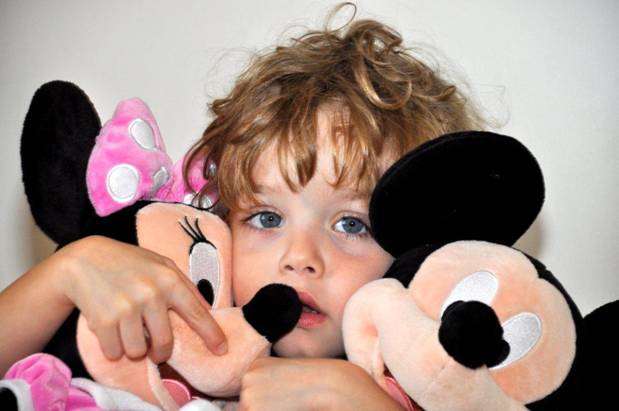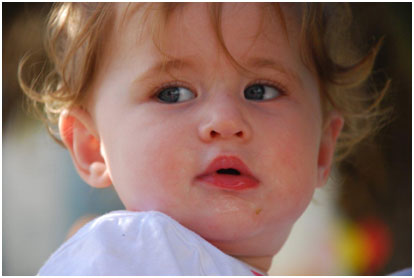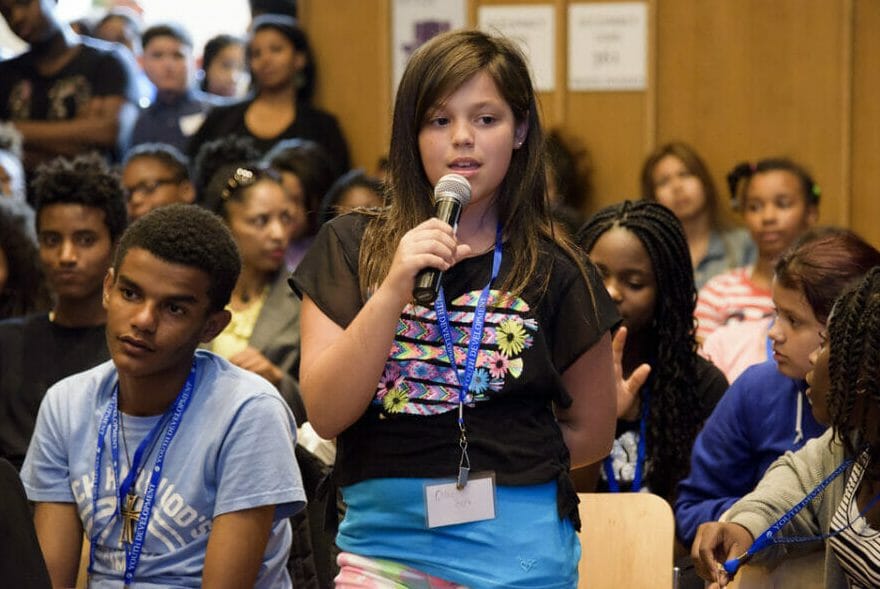
Three years ago, someone asked me, “If you could teach anything, what would it be?”
Honestly, the question caught me off guard. I didn’t have an answer. It’s such a big question that it’s been stuck in my head ever since.
You see, I’ve been a teacher for 38 years. My whole career has been teaching special education and focusing on emotional intelligence. I’ve always loved helping people find their strengths and use them to navigate life with happiness, health and success.
But in all those years, I never stopped to ask myself, “What would I teach if I could choose anything?” I didn’t think I needed to. I was just Ronit, the teacher, doing what I do best.
That question changed things for me and took me through a process of discovery. It made me think about life, about what I’ve learned, and what I really want to give to the world. Maybe by sharing the process of my discovery about the art of being, I can help you think about your own answers too.
Read The Art of Being: Teach & Inspire by Living Authentically »















